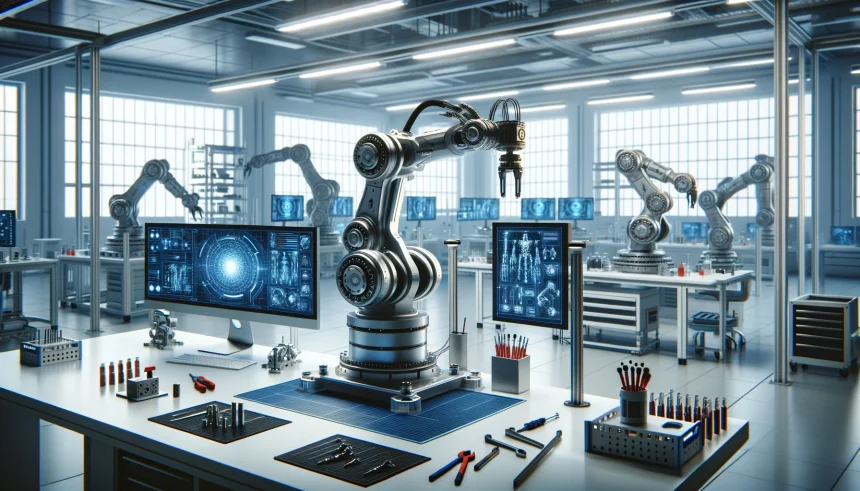The Journal of Engineering recently published an article titled “Time‐energy consumption optimal path‐constrained trajectory planning of excavator robotics.” The study introduces a quadratic trajectory optimization method focusing on minimizing time and energy consumption in excavator operations. The research highlights how effective planning of joint movements can significantly improve operational efficiency and reduce energy waste, thereby enhancing the autonomous functioning of excavators. This approach, based on convex optimization and cubic splines, proposes a method that aims to achieve smoother, more efficient, and energy-saving operations compared to traditional methodologies.
Minimizing energy consumption while maintaining operational efficiency is a critical concern for large machinery like excavators. The proposed method in the study establishes a convex optimization model where time and energy consumption serve as the primary objectives. Utilizing constraints such as angular velocity, acceleration, jerk, and torque, the method applies the interior‐point technique to derive an optimal motion trajectory for each joint of the excavator.
Methodology and Constraints
The mathematical model employed leverages cubic splines to fit discrete joint angles and incorporates various constraints to ensure smooth and efficient operation. Specifically, the study considers angular velocity, acceleration, jerk, and torque as key constraints. The optimization process involves varying weight coefficients to balance between minimizing time and energy consumption, effectively planning the trajectory of each joint in the excavator.
Experimental results from the simulations show a significant reduction in pseudo-path jerk, acceleration, and velocity peaks by 40.67%, 25.03%, and 12.54%, respectively. This reduction is contrasted with results obtained from second‐order cone programming, demonstrating that the optimized trajectory planning not only decreases unnecessary energy consumption but also enhances the stability and efficiency of the excavator’s autonomous operations.
Comparative Analysis and Historical Context
Comparing these findings with previous research reveals a consistent trend towards improving energy efficiency in heavy machinery automation. Earlier studies typically focused on either mechanical improvements or control algorithms independently. This holistic approach, integrating both trajectory planning and energy optimization, marks a departure from traditional methods that did not fully address the compromise between time and energy consumption.
Past methods predominantly employed simpler optimization techniques that often led to increased wear and tear due to higher jerk and acceleration. The current study’s use of the interior‐point method within a convex optimization framework offers a more refined solution, balancing the dual objectives of time and energy efficiency more effectively. This evolution in methodology reflects a broader shift in the field toward more sophisticated, integrated solutions for autonomous machinery operation.
This research provides a comprehensive insight into trajectory optimization for excavators, emphasizing the importance of balancing time and energy consumption. The effectiveness of the proposed method in reducing jerk, acceleration, and velocity peaks suggests that it could be particularly beneficial for industries reliant on heavy machinery. By enhancing both the efficiency and stability of autonomous operations, this approach holds potential for broader applications in the field of robotics and heavy equipment management.










